Similipal National Park is spread over 2,750 km2 and represents one of the biggest national parks in India and a well-known tiger reserve. It is located in the Mayurbhanj district of the Indian state of Odisha. This park is famous for its hill mynah, tigers, and elephants. This park has the highest number of tigers in Orissa. The area’s abundance of red silk cotton trees gave the name Similipal National Park. This protected area has been included in the World Network of Biosphere Reserves by UNESCO since 2009.
Location
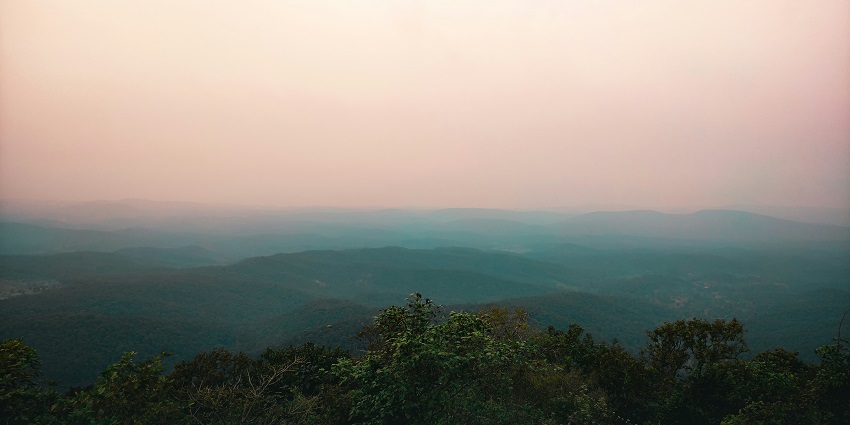
Photo: Abhinandan Karan / Unsplash
The park is situated in the Mayurbhanj district of Odisha, India. The vast sanctuary, which falls in the northeastern part of Odisha, is covered with green forests and hilly landscapes. It provides an appropriate habitat for various wild animals, such as the Bengal tiger and Indian elephant. Similipal National Park address is easy to navigate.
Suggested Read: Best Food In Bhubaneswar
How To Reach

Photo: John McArthur / Unsplash / Image For Representation Only
By Air: Biju Patnaik International Airport, Bhubaneswar, and Netaji Subhash Chandra Bose International Airport, Kolkata, are the two international airports receiving flights. They are 195 km and 365 km from Similipal, respectively. The nearest domestic airport to the park is Jamshedpur in Jharkhand, Sonari Airport, which is about 190 km or a three-hour drive away.
By Rail: The nearest railhead to the national park is Balasore Railway Station, approximately 100 km away. It operates all South Eastern Railway trains and is on the main route connecting Howrah and Chennai. Another railway junction to reach here is Baripada Railway Station, which is about the same distance away from Similipal.
By Road: Similipal is well-connected with frequent buses and private transport from Baripada, the nearest town to the Park. The parking lot in Baripada has suitable arrangements for reaching Baripada by bus, jeep, or cab. Baripada is the meeting point of the National Highways 5 and 6. Pithabata is the entry point. Lulung is 20 km from NH 5, and Jashipur is 95 km from Baripada via NH 6.
Places To Visit Nearby Similipal National Park
1. Barehipani Waterfall
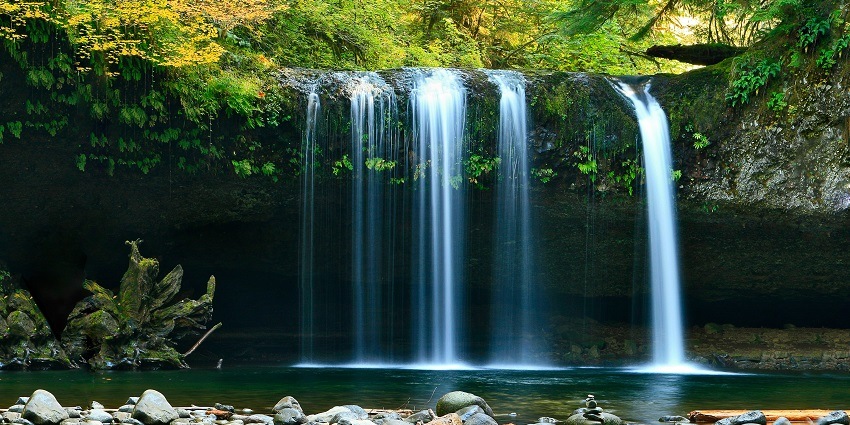
Photo: Jeffrey Workman / Unsplash / Image For Representation Only
Barehipani Waterfall is located inside the natural surroundings of the park, acting as one of the most marvellous creations to exist, making it the second-highest waterfall in India. It cascades from a height of 399 metres. This two-tiered waterfall is located inside lush and dense forests and assures nature lovers of a serene getaway. The trek to the two-tiered waterfall is an adventure in itself. The walk leads through the thick foliage, lively wildlife, and the view of landscapes.
Best Time To Visit: June to October
Suggested Read: Beaches Near Bhubaneswar Every Water Baby Must Explore
2. Joranda Waterfall
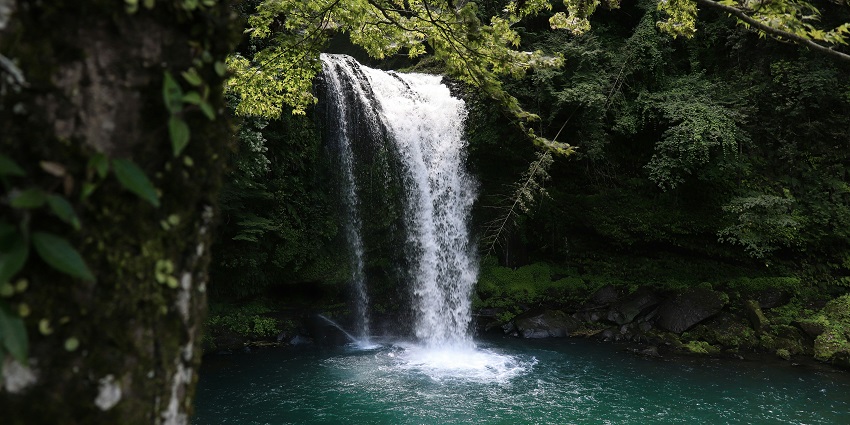
Photo: SLNC / Unsplash / Image For Representation Only
Joranda Waterfall is another breathtaking natural beauty in the range of the park, having a stretch of 150 metres in one stretch. Unlike Barehipani, Joranda is a single-drop waterfall that creates something visually stunning as it free-falls into the void below. The entire area is surrounded by thick forests teeming with various wildlife and serves as a kingdom for photographers and nature lovers. Hence, the calmness of the atmosphere and the thunderous roar of the waterfall offers a serene retreat.
Best Time To Visit: June to October
3. Devkund
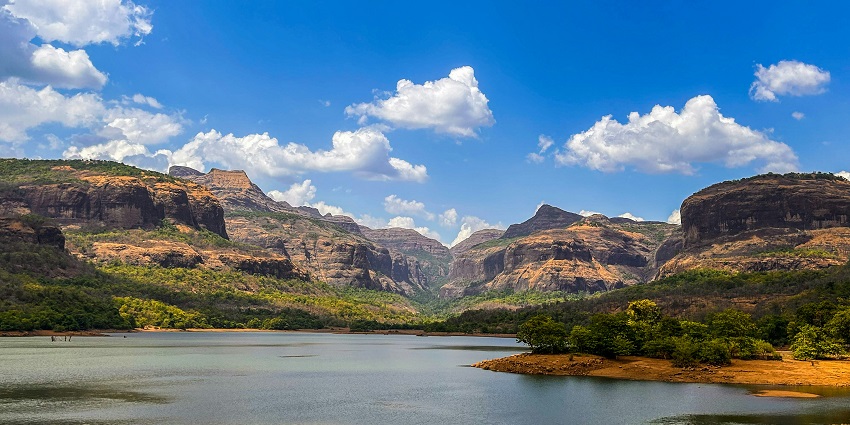
Photo: Pratik Waghmare / Unsplash
Devkund is a place of natural beauty and spiritual importance. It lies approximately 65 kilometres from the park. The waterfall and the ancient Maa Ambika Temple are famous and visited by both pilgrims and nature lovers. The waterfall, which tumbles madly down the hill through the dense forests and cragged rocks, gives rise to a serene and peaceful atmosphere, contributing to meditation and repose. Devkund is also a beautiful spot for picnicking since one genuinely enjoys the virgin atmosphere.
Best Time To Visit: October to December
Suggested Read: Hill Stations Near Odisha For A Perfect Getaway In Nature’s Lap
4. Lulung
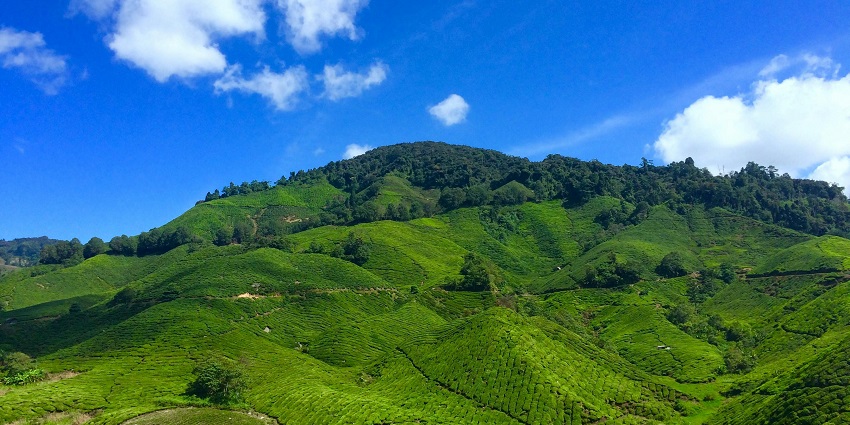
Photo: Pok Rie / Pexels / Image For Representation Only
Lulung is a beautiful, serene village, often dubbed the gateway to Similipal National Park. It lies along the banks of the river Palpala, surrounded by lush forests and rolling hills, setting up a perfect ambience for birdwatching, nature walking, and picnicking. The village is also well known for its stone-carved artefacts, representing the region’s rich cultural heritage. Known for its hilly terrains and serene surroundings, Lulung is perfect for a refreshing time amidst nature.
Best Time To Visit: November to February
5. Sitakund
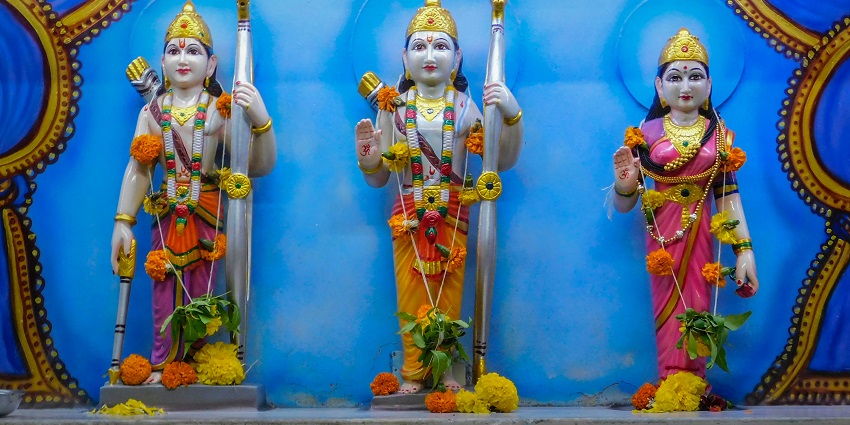
Photo: Sonika Agarwal / Unsplash / Image For Representation Only
Sitakund, situated about 20 km from the park, is a shrine with a famous natural spring and a site of great mythological importance. Sita, the wife of Lord Rama, is believed to have bathed in the spring during her exile, making this a significant pilgrimage site. Sitakund offers a tranquil setting with dense greenery and serene landscapes that surround it, where visitors can feel at peace and relaxed. The natural beauty and spiritual ambience make Sitakund a unique destination, attracting nature lovers.
Best Time To Visit: October to March
Suggested Read: Offbeat Places Near Puri
Things To Do In Similipal National Park
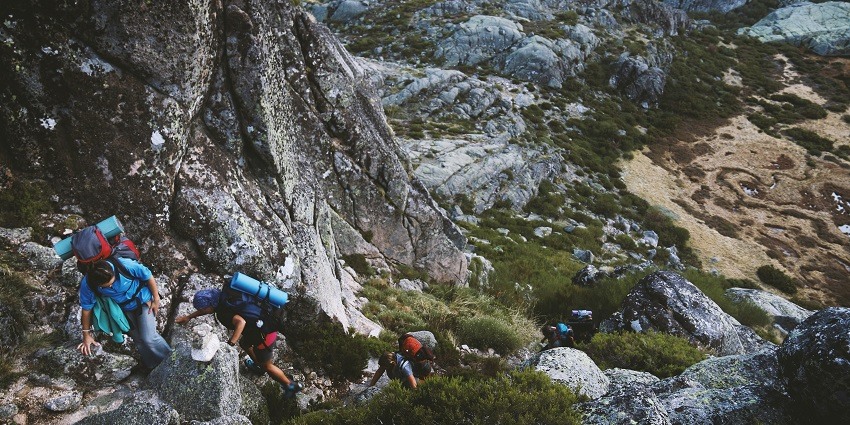
Photo: Diogo Tavares / Unsplash / Image For Representation Only
You can indulge in a bunch of Similipal National Park, Odisha activities for an exciting experience.
Wildlife Safari: Home to exotic wildlife, this national park boasts rich biodiversity. You can trek through Similipal and spot tigers, elephants, and all species of birds living in their natural habitat.
Trekking: Enjoy trekking in the dense forest of Similipal, along nature-based trails. These terrains lead to waterfalls and offer diversified flora with fascinating vistas surrounding the top of the landscape.
Birdwatching: Similipal is a paradise for ornithologists and nature lovers. It is the habitat of over 200 species of birds, including the extremely rare and colourful Indian Pitta. Get ready to spot a variety of native and migratory birds here.
Where To Stay

Photo: Kenny Eliason / Unsplash / Image For Representation Only
The availability of eco-friendly hotels at Lulung, tranquil guest homes at Pithabata, and woodland restrooms at Jashipur is unforgettable. Gudgudia offers peaceful camping areas. However, Ramtirtha has lodges by the river. Every one of them blends comfort with the rich wilderness of the park, drawing one nearer to the natural world.
Suggested Read: Street Food In Bhubaneswar
Where To Eat

Photo: Önder Örtel / Unsplash / Image For Representation Only
The options near the park are limited, yet they offer authentic experiences. Odia food is served in small restaurants in Jashipur, traditional food is served in eco-resorts in Lulung, food from the forest rest house is served in canteens in Pithabata, several local eateries are in Baripada, and basic meals are served at the lodges in Ramtirth.
Best Time To Visit
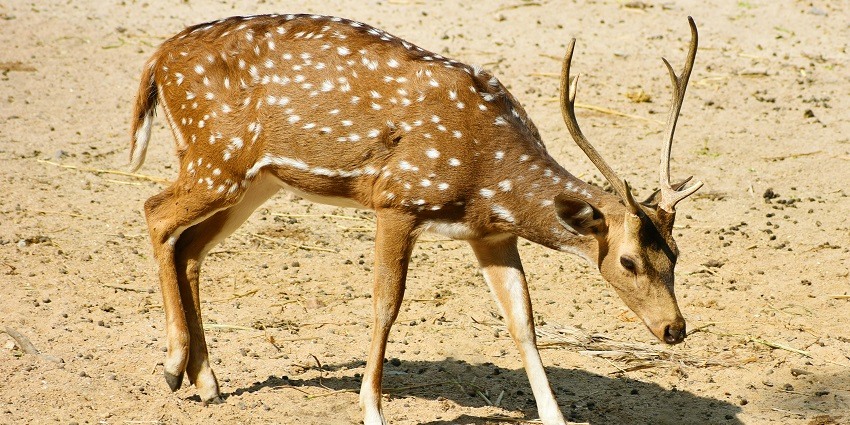
Photo: Lakshmikanth k / Pexels / Image For Representation Only
The best time to visit the park is from November to March. Pleasant weather makes wildlife safaris, trekking, and waterfalls favourable within the park. The monsoon season, which falls between June and September, brings heavy rainfall, keeping the park closed.
Suggested Read: Offbeat Places In Odisha
Other Factors To Consider
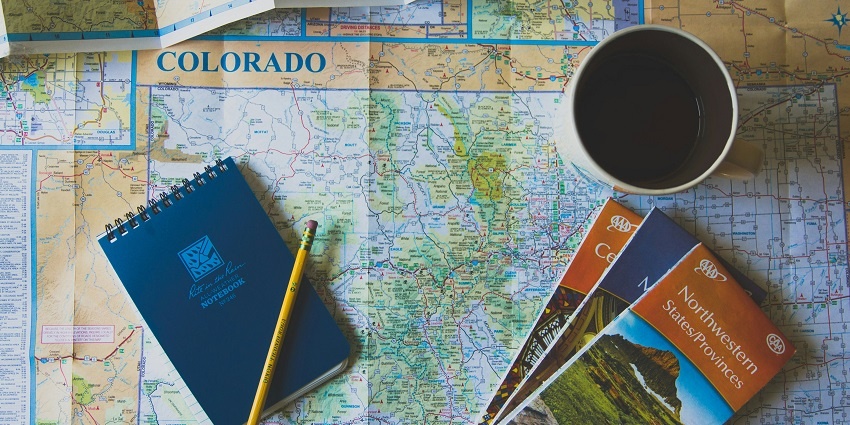
Photo: John Matychuk / Unsplash / Image For Representation Only
Entry Fees For Similipal National Park
Similipal National Park ticket prices cost ₹100 for an Indian national and ₹1,000 for a foreign national. An entry fee will be levied on the vehicle: ₹100 for light vehicles, such as cars and jeeps, and ₹500 for heavy vehicles, such as buses. A guide fee of ₹300 on safaris is also applicable. Fees are subject to change, so it is recommended that you check the latest fees before your visit.
Tips For Travellers
- Check the weather as the best time to travel here is during the dry season, between November and March. Heavy rains during the monsoon immobilise the traffic, and the park may remain closed.
- There are no specific Similipal National Park timings but it is advisable to go during daylight hours.
- Carry minimum plastic to this park. Try not to litter the park with single-use plastic. Carry some water bottles and bags that can be reused repeatedly to decrease waste.
- Entry permits should be obtained from the forest department which are available at all park entry points. This is necessary not only for safety purposes but also for conservation reasons.
- You will also need to follow all the rules and regulations in the park to make your visit enjoyable and safe, including adherence to fire and wildlife safety regulations.
- Keep a distance from the animals, never feed them, and follow park rules and regulations to ensure your safety and the well-being of the wildlife.
Besides the enriching values of natural beauty and wildlife adventure, Similipal National Park is a place to be visited. From diverse ecosystems and vibrant wildlife to stunning waterfalls and serene landscapes, this park offers an unforgettable experience to nature lovers. From safaris to trekking, and birdwatching, there is a lot to do here. Book your trip with TripXL and get ready to explore this jewel.
Cover Photo: Waldemar / Pexels / Image For Representation Only


 WhatsApp
WhatsApp
 Twitter
Twitter









